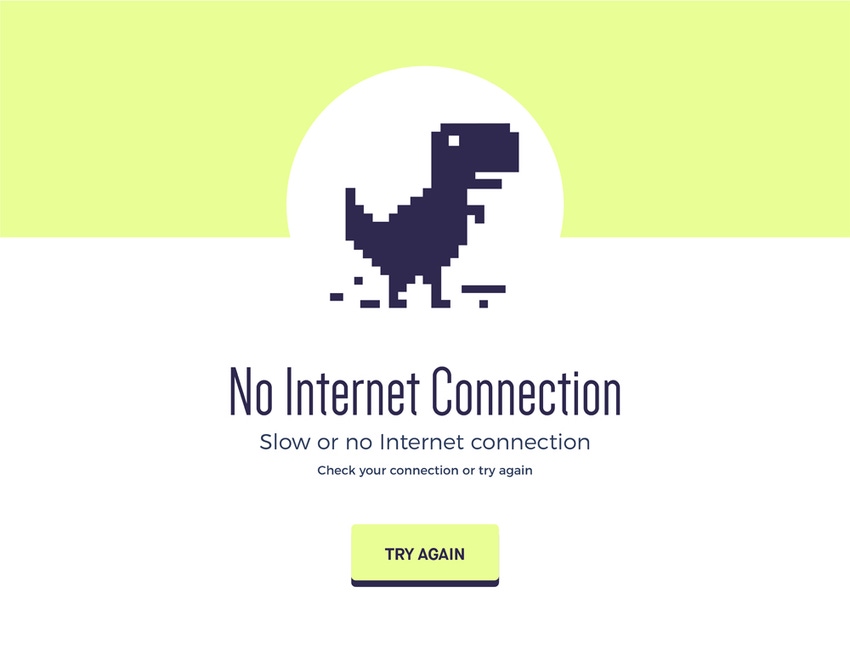AWS Outage Aftermath: What Steps Should Businesses Take Next?
One expert suggests adopting the shared responsibility model.
December 8, 2021

Panic attacks reverberated across the country Tuesday when an AWS outage appeared to be worse than initially projected. Everything from streaming services to the apps that keep delivery operating and workers connected were down. It’s fueled an ongoing debate about a need to establish “multicloud” protocols, where a company depends on several cloud computing providers. However, as one cybersecurity expert put it, the latest AWS outage highlighted the dangers of a centralized network infrastructure. A new network model should be built that resembles the peer-to-peer early days of the internet, he said.
That said, in the aftermath of the outage, several channel viewpoints emerged.
On-Premises and Hybrid Cloud Deployments

Ocient’s Chris Gladwin
Chris Gladwin is CEO and founder of Ocient. He said major businesses across sectors were affected, proving the importance of the hybrid/on-premises cloud.
“Today, AWS faced an outage that affected a number of companies, including Netflix, Disney+, Ring and more,” he said. “Unfortunately, this is not the first time AWS has experienced these issues. In 2020 they faced a similar outage. With all the hype surrounding migrating to the cloud, there is unfortunately still a risk of outages that can stop an organization’s business dead in its tracks. For mission critical applications, we see organizations turning to on-prem and hybrid cloud deployments that ensure they have greater line of sight and control over their deployments, uptime and, ultimately, business results.”
Shared Responsibility

Veeam’s Rick Vanover

Veeam’s Dave Russell
Dave Russell is vice president of enterprise strategy and Rick Vanover is senior director of product strategy at Veeam. They said organizations should look for services that can cross different regions and accounts. This is to provide full control of data to manage recovery to another region.
“The large cloud providers offer excellent up-time and reliability, but things do happen, so it is important to recall that we are still responsible for our data,” they said. “When hyperscale cloud outages happen, it is big news. But it’s important to remember this is similar to aircraft incidents, meaning statistically the uptime is very good. In fact, it’s much better than the many data centers combined that the hyperscale cloud vendor equates to.”
They added, “”Any cloud outage such as this is a great reminder of the client’s role in the shared responsibility model. The outages are on the cloud provider, but the actual data and control of that sits with the client. That said, it is important to know the risks, and to potentially have a copy of valuable data within your direct control. Other remediation plans should be in place, too. This could include multi-region or multi-cloud copies of data in advance.”
Multicloud Strategy

Disruptive Innovations’ David Wright
David M. Wright and his wife both experienced moments of panic, he joked, when neither his Alexa nor Nanit devices worked Tuesday. However, Wright, founder and CEO of Disruptive Innovations, took to LinkedIn to write about more serious solutions to protect business from such widespread outages. In the post, he said the outage is another example of why a proper cloud strategy is a necessary component of future-proofing organizations. Moreover, he said, the case can clearly be made for hybrid infrastructure and/or a multi/private-cloud environment.
“A multicloud strategy starts with the obvious — deploying (or maintaining your ability to deploy) on multiple vendors’ clouds (IaaS, PaaS & SaaS),” Wright wrote. “This means you keep your software on AWS, as well as Azure (or GCP, IBM, etc.).”
There can be many advantages to consolidating in one single cloud, including keeping costs low and improved UX/reduced complexity. There’s also reduced information risk/attack surface. One can also typically leverage additional lower-cost add-ons from the cloud provider, he mentioned.
“For example, [you can] add Amazon Elasticsearch Service instead of building your own search cluster,” Wright wrote. “There are clear economies of scale from a financial negotiation standpoint. Finally, you don’t have to stand up the app or workload twice. On the contrary, relying solely on one provider can leave you in a situation like we saw earlier in the event of an outage, DDoS attack, etc.”
Want to contact the author directly about this story? Have ideas for a follow-up article? Email Claudia Adrien or connect with her on LinkedIn. |
About the Author(s)
You May Also Like


